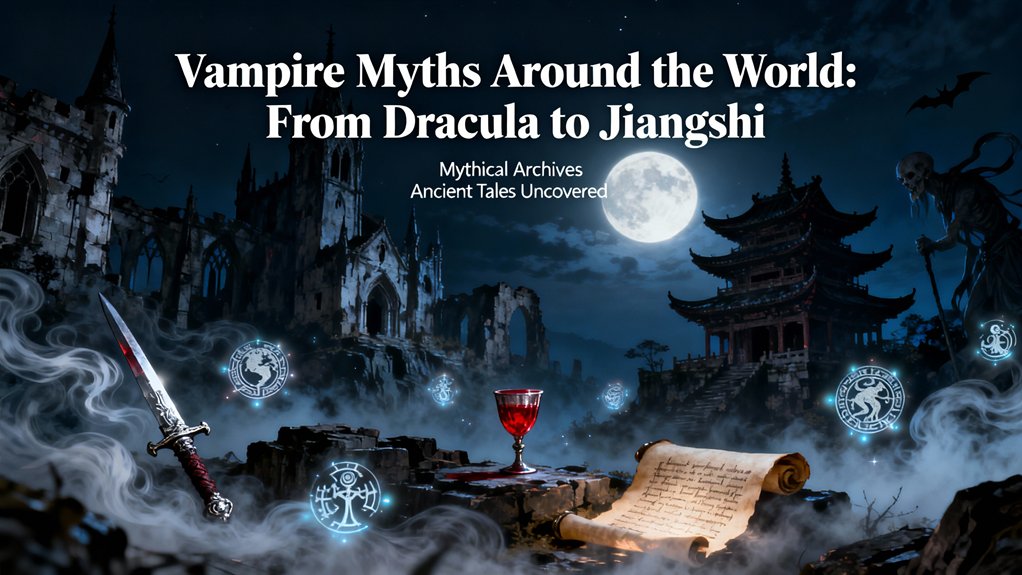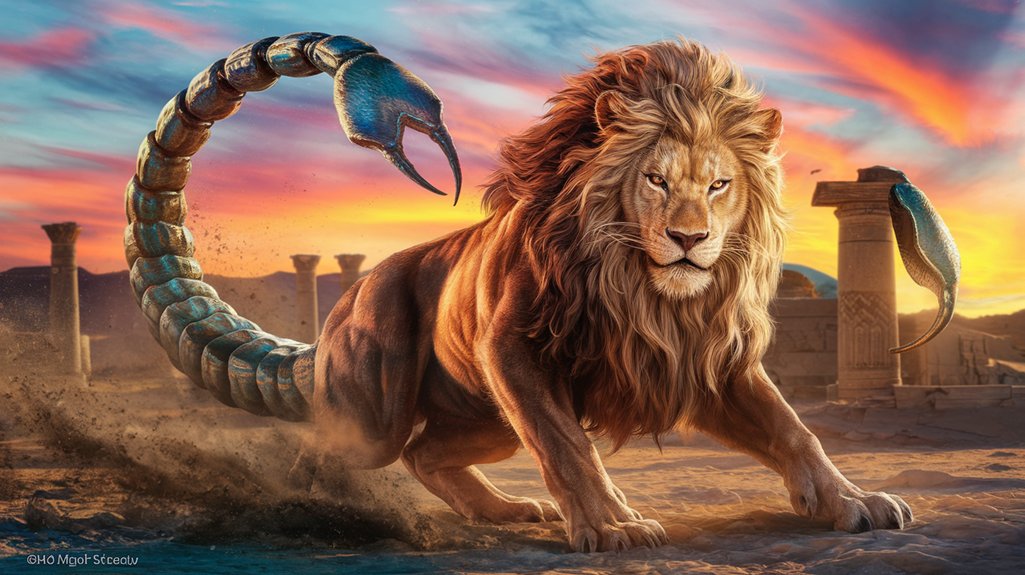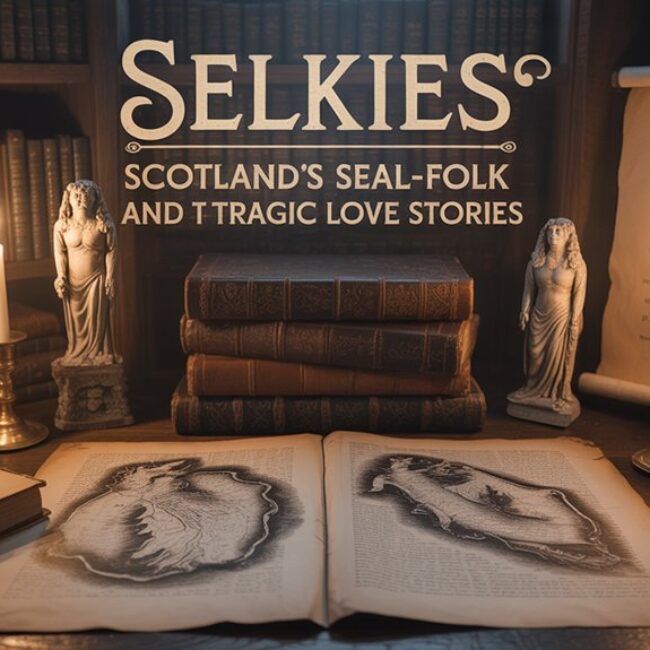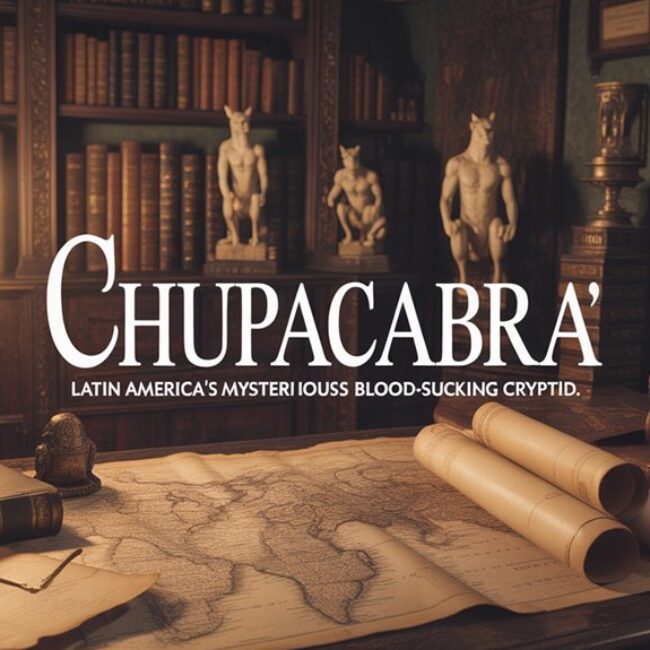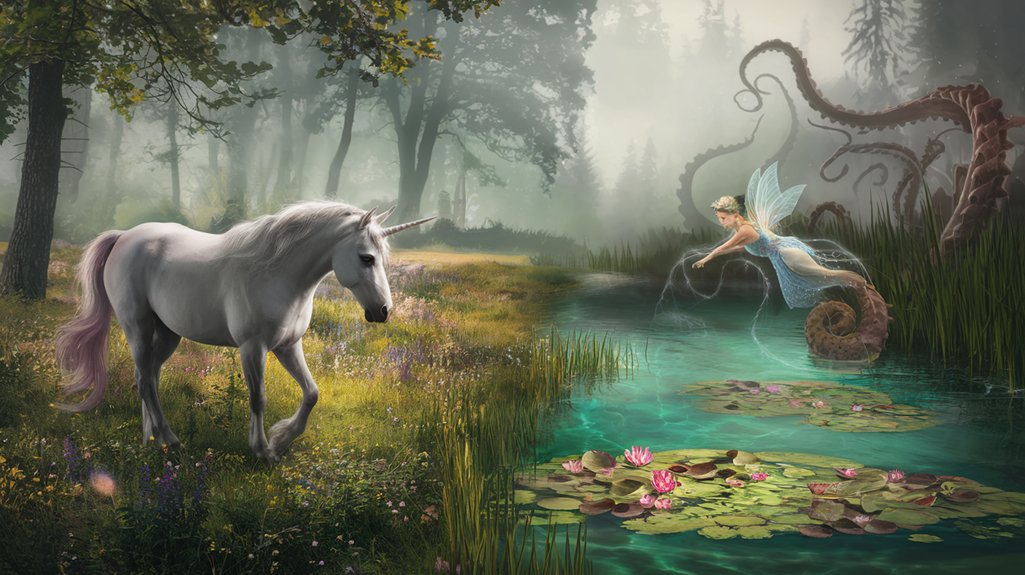You'll discover that vampire myths evolve beyond Stoker's Dracula, manifesting as China's jiangshi—rigor-stiffened corpses hopping through moonlit villages—and Romania's strigoi, wandering undead bound by permeable death-boundaries. The Philippines harbors the shape-shifting aswang, while Southeast Asia's penanggalan flies as a severed head trailing entrails. India's vetala possesses cremation-ground corpses with prophetic knowledge, and the Caribbean's soucouyant changes into eldritch flame. Each culture forges its own chimeric predator from mortality's raw materials, addressing specific anxieties through blood-symbolism and liminal transgression—ancient wisdom awaiting your exploration beneath these surface terrors.
Key Takeaways
- Vampire myths exist across all cultures, serving to rationalize inexplicable events, process trauma, and enforce social boundaries through storytelling.
- Romanian strigoi are undead creatures, while Chinese jiangshi are rigor mortis-stiffened corpses that hop and drain life force instead of blood.
- Philippine aswang transform from human to monster nightly, with regional variants including the severed-head manananggal targeting pregnant women.
- Blood symbolizes life force and kinship across vampire traditions, functioning as a taboo substance that represents complex human relationships and emotions.
- Vampire myths evolve with societies, reflecting historical fears from disease to exploitation while symbolizing humanity's confrontation with mortality and power dynamics.
The Strigoi and Moroi of Romanian Legend
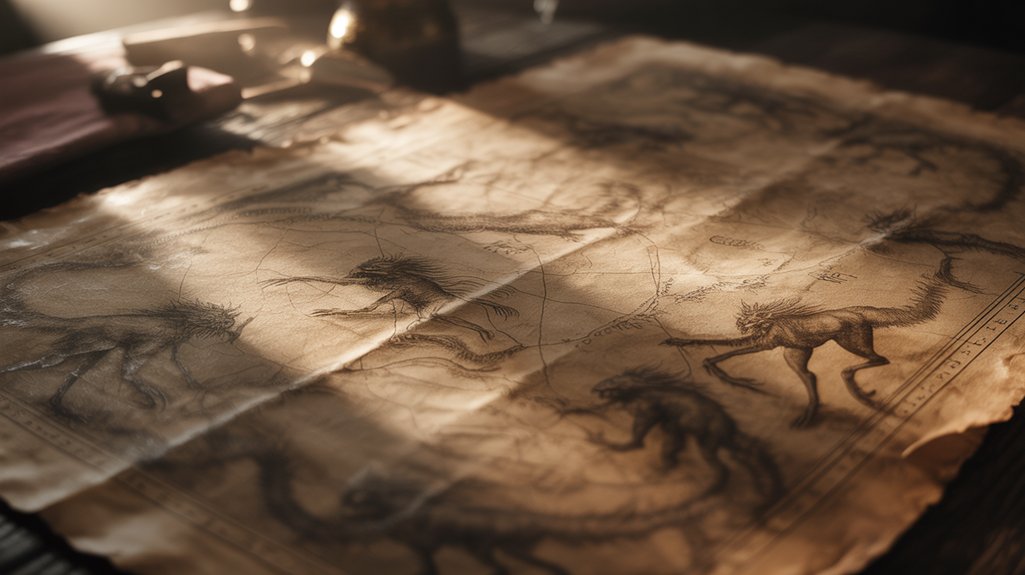
Understanding these distinctions grants you insight into Romania's layered cosmology, where death's boundaries remain permeable.
Here, ancient protections—garlic, holy water, iron—still hold power against entities dwelling in shadow-spaces between worlds.
China's Jiangshi: The Hopping Vampires
Across the mist-shrouded provinces of Qing Dynasty China, where Taoist cosmology intersects with folk belief, the jiangshi emerges—a creature fundamentally unlike its Western counterparts, bound not by blood-thirst but by the cosmic disharmony of qi.
Jiangshi origins trace to corpses denied proper burial, their souls trapped between dimensions. You'll find them in tales from the 18th century, reanimated through Taoist ritualists' failed ceremonies or violent deaths far from home.
Jiangshi characteristics define their eldritch nature: rigor mortis-stiffened limbs forcing that distinctive hop, arms outstretched like chimeric marionettes. They wear Qing Dynasty burial robes, paper talismans plastered across decaying flesh.
These creatures don't hunt for blood—they drain your life force itself, stealing qi through suffocating embraces. Their pale-green skin emanates corpse-rot; they navigate through breath-detection alone, sightless yet relentless.
You're witnessing autonomy's antithesis: bodies controlled by cosmic imbalance, not vampiric will. Pure cosmic disorder made manifest.
The Aswang of Philippine Folklore
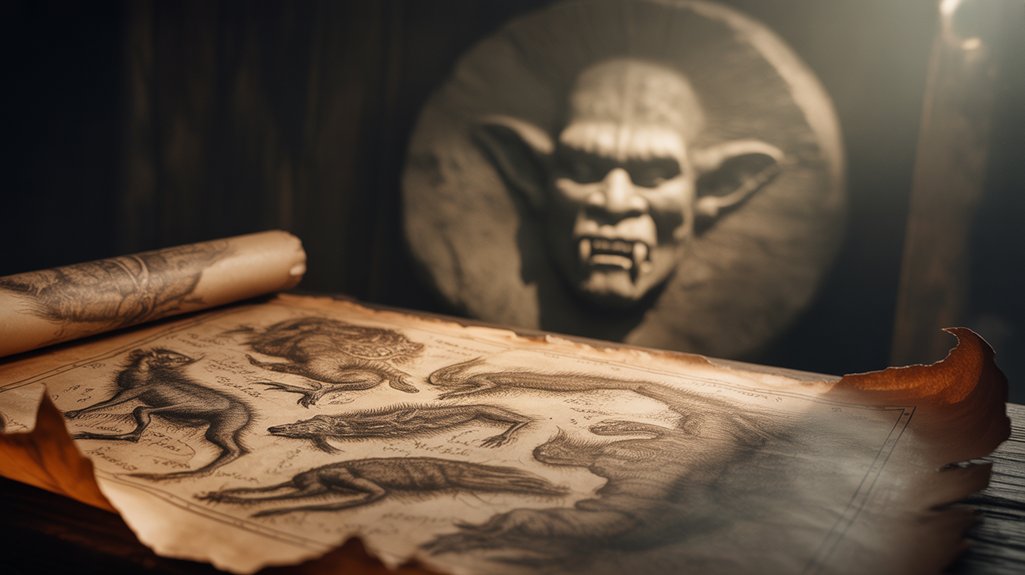
In the Philippine archipelago's moonlit provinces, you'll encounter the aswang—a chimeric entity that defies singular classification, manifesting as human by day before assuming its eldritch form at dusk, whether as monstrous bat, feral dog, or grotesque blood-drinking predator with elongated proboscis.
Detection methods have evolved across centuries of cautious coexistence: villagers still observe the telltale inverted reflection in one's eyes, the peculiar aversion to garlic and salt, the unnatural clicking sounds emanating from thatched roofs where these creatures allegedly perch.
The creature's manifestations splinter across Luzon, Visayas, and Mindanao, each region harboring distinct taxonomies—the Tagalog *manananggal* who severs her torso to fly, the Capiz *tik-tik* named for her haunting call, the Ilocano *dangggaw* who preys upon the dying.
Shapeshifting Blood-Drinking Creature
When darkness descends upon the Philippine archipelago, the aswang emerges from folklore's deepest shadows—a shapeshifting predator whose very name evokes ancestral dread across Visayan villages and Tagalog provinces alike.
You'll find no singular form defines this eldritch entity; it assumes chimeric manifestations—winged vampiric women, viscera-sucking ghouls, black dogs with crimson eyes. These mythical alterations reflect the archipelago's pre-colonial animistic worldview, where boundaries between human and beast dissolved beneath tropical moons.
The cultural significance runs deeper than mere horror: aswang narratives encode communal values, 警戒 strangers, protect pregnant women, reinforce kinship bonds.
You're witnessing living folklore, adaptive and persistent through Spanish colonization, American occupation, modern urbanization. The aswang endures because it articulates primal truths about vulnerability, monstrosity's proximity, the predators wearing familiar faces.
Detection Methods and Weaknesses
Traditional detection mechanisms against the aswang constitute an intricate epistemology of survival—practical countermeasures refined across centuries of nocturnal vigilance. You'll find Filipino communities employing vampire detection through distinctive eldritch signatures: the creature's inverted reflection, its aversion to garlic and salt, the peculiar oil it secretes. These mythological weaknesses form your defensive arsenal.
| Detection Method | Manifestation |
|---|---|
| Reflection Test | Inverted image in mirrors, water |
| Garlic Exposure | Chimeric form revealed, retreat |
| Oil Secretion | Viscous substance on skin |
| Tail Verification | Hidden appendage behind knee |
Dawn brings absolute sanctuary. The aswang cannot maintain its parasitic existence beyond sunrise, its borrowed human form dissolving with morning light. Sacred objects—blessed palm fronds, consecrated oils—create impenetrable boundaries. Knowledge becomes shield.
Regional Variations Across Philippines
How profoundly does geography shape the predator? Aswang beliefs fragment across archipelagic distances, each island birthing its own eldritch variant. The Visayan heartland harbors the tik-tik, named for the clicking sound that grows quieter as it approaches—inversely proportional to danger.
Regional variations manifest consequently:
- Luzon's Manananggal: Torso severing itself, seeking pregnant women
- Capiz Province's Shape-shifters: Altering into massive black dogs at dusk
- Mindanao's Bloodsuckers: Employing proboscis-like tongues through bamboo floors
- Iloilo's Wak-Wak: Chimeric bird-women hunting during new moons
You'll discover that isolation breeds specificity. Mountain communities fear different manifestations than coastal villages, their respective aswang beliefs reflecting local anxieties—land-bound terrors versus maritime predators.
Geography inscribes itself upon supernatural taxonomy.
India's Vetala: Ancient Corpse-Possessing Spirits

In the Vedic twilight of ancient India, the vetala emerges as an eldritch entity fundamentally distinct from Western revenants—a disembodied spirit that animates corpses suspended in cremation grounds, dwelling in that liminal threshold between death and dissolution.
These chimeric beings, neither wholly demon nor ghost, possessed such profound wisdom that even kings sought their counsel, as immortalized in the *Baital Pachisi* (Twenty-Five Tales of the Vampire), an 11th-century Sanskrit compilation wherein the legendary King Vikramāditya must capture a vetala haunting a śiṃśapā tree.
The creature's bargain reveals the tradition's essential paradox: corpse-dweller as riddling sage, putrefaction housing ancient, terrible knowledge.
Vetala Origins and Characteristics
Long before Western literature codified the vampire through Stoker's *Dracula*, the vetala haunted Sanskrit texts and oral traditions across the Indian subcontinent—a malevolent entity fundamentally distinct from its sanguine European counterparts.
You'll find these eldritch beings animating corpses in cremation grounds, suspended between death and dissolution.
Vetala myths describe beings with four defining characteristics:
- Corporeal possession: They inhabit cadavers, altering them into chimeric vessels
- Prophetic knowledge: They possess supernatural wisdom about past, present, and future
- Linguistic mastery: They speak through dead mouths with uncanny eloquence
- Liminal dwelling: They occupy charnel grounds and crossroads
Vetala rituals often involved tantric practitioners seeking to bind these entities, utilizing their occult power.
Unlike blood-drinkers, vetalas represented consciousness divorced from mortality—pure spirit wearing flesh as costume.
Baital Pachisi Story Tradition
When King Vikramaditya ventured into the cremation grounds to retrieve a corpse-dwelling vetala for the sorcerer Shantisheel, he initiated Sanskrit literature's most enduring narrative framework—the *Baital Pachisi*, or “Twenty-Five Tales of the Vampire.”
This 11th-century collection, attributed to Somadeva's *Kathasaritsagara* and later iterations by Bhavabhuti, establishes a recursive structure where the vetala agrees to accompany Vikramaditya but poses riddles embodied in complete stories during their journey.
Each time you'd solve the puzzle, the creature returns to its cremation ground perch. The Baital tales encode dharmic philosophy through their eldritch frames, altering supernatural encounters into moral examination.
Baital symbolism represents consciousness untethered from corporeal limitations—knowledge existing beyond death's boundary. You'll find no chimeric monster here, but rather wisdom's unsettling guardian, teaching that liberation requires confronting mortality's darkest thresholds without surrendering your capacity for ethical discernment.
The Penanggalan of Southeast Asia
Among the most viscerally disturbing entities within Southeast Asian folklore, the penanggalan embodies a profound terror that transcends conventional vampiric archetypes. The penanggalan appearance defies natural law—a woman's severed head trailing viscera, organs dangling like grotesque ornaments as she hunts through moonlit villages.
Penanggalan folklore spans Malaysia, Indonesia, and Thailand, each culture preserving distinct variations of this eldritch predator.
You'll find her origins consistently rooted in transgression:
- Women practicing forbidden black magic who break ritual taboos
- Midwives corrupted by demonic pacts during childbirth ceremonies
- Victims of ancient curses altering involuntarily each night
- Sorceresses who've consumed sacred texts with malevolent intent
She feeds primarily on birthing mothers and newborns, her chimeric form seeping through thatched roofs. The detached head reconnects before dawn, concealing monstrous nature beneath human guise.
Communities employ thorny plants—mengkuang leaves, jeruju bushes—creating barriers that snag trailing intestines. Protection requires vigilance, understanding that evil doesn't always announce itself.
Africa's Asanbosam and Adze
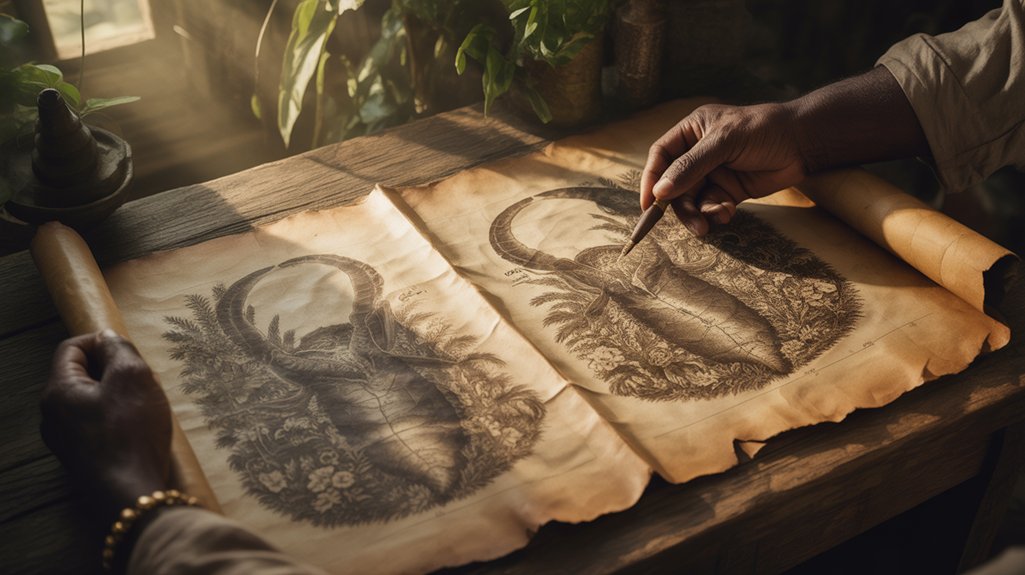
While Southeast Asia's penanggalan embodies horror through corporeal dismemberment, African vampiric entities manifest terror through predatory cunning and shapeshifting malevolence.
You'll encounter the Asanbosam within Ghana's Ashanti traditions—an eldritch creature dwelling in silk-cotton trees, dangling iron-hooked legs to snare unwary travelers beneath moonless canopies. Asanbosam legends describe humanoid forms with bat-like appendages, their skeletal limbs ending in those distinctive metallic talons that pierce flesh with surgical precision.
The Adze presents even greater menace. This Ewe chimeric entity alters from firefly luminescence into corporeal predator, targeting children with vampiric hunger.
The Adze transforms from glowing firefly into flesh-hunting predator, seeking vulnerable children with insatiable vampiric appetite.
Adze characteristics include possession abilities—invading human hosts, corrupting them from within. You're confronting not mere bloodthirst but spiritual parasitism, an entity that drinks life essence while wearing innocent guises.
Both creatures demand respect for African cosmological complexity, representing dangers lurking beyond civilization's protective boundaries. They hunt. They alter. They endure within collective memory, reminding you that darkness takes infinite forms.
The Soucouyant of Caribbean Tradition
Across Trinidad, Dominica, and the Lesser Antilles' volcanic archipelagos, the Soucouyant emerges from colonial-era folklore as Caribbean vampirism's most terrifying manifestation—an elderly woman who sheds her wrinkled skin at midnight, altering into a crimson fireball that hunts through darkness.
The soucouyant alteration represents freedom's perversion: flight achieved through eldritch means, autonomy purchased with neighbors' blood.
Protection against this chimeric predator demands vigilance:
- Scatter rice grains at doorways—she'll compulsively count each one until dawn
- Smear salt into the discarded skin, preventing her return
- Turn clothes inside-out to confuse her supernatural navigation
- Hang open scissors in windows, forming crosses that repel her approach
The folklore significance transcends mere horror, embodying post-colonial anxieties about aging women's power, African diaspora spiritual practices, and community surveillance.
She exists between worlds—human and monster, elder and predator—her nightly metamorphosis exposing Caribbean society's deepest fears about alteration, independence, and those who operate beyond communal control.
Japan's Nukekubi and Rokurokubi
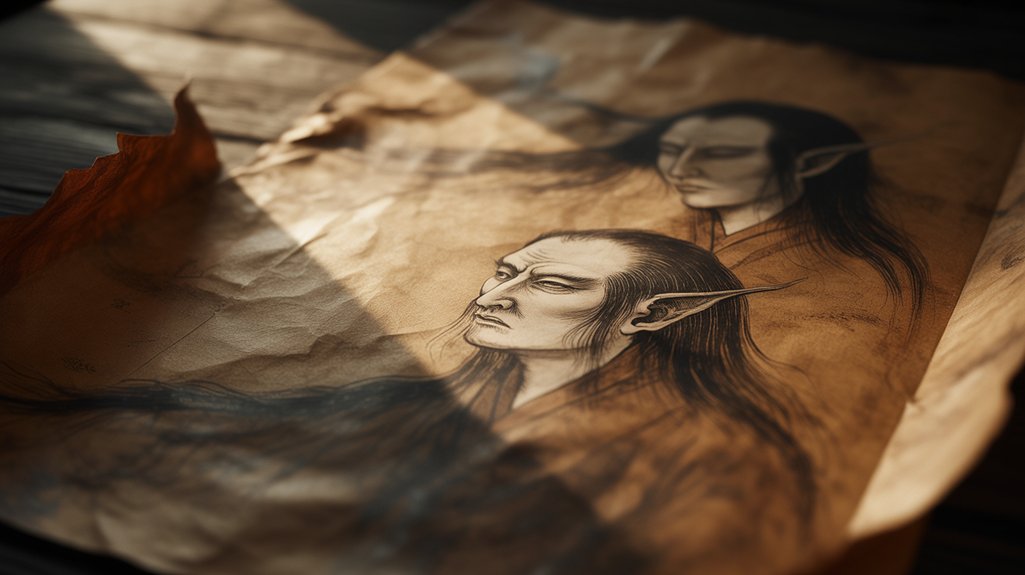
Within Japan's Edo period (1603-1868), two distinct yet interconnected yōkai emerged from Buddhist cautionary tales and urban folklore—the nukekubi, whose head detaches completely from the body, and the rokurokubi, whose neck stretches to impossible lengths while the torso remains stationary.
You'll find nukekubi legends depicting women cursed through karmic retribution, their severed heads seeking blood while their bodies lie vulnerable, unconscious. The alteration occurs nightly, involuntary.
Rokurokubi alterations, conversely, sometimes manifest consciously—necks elongating serpentine through shōji screens, observing households with eldritch intent.
Unlike their nukekubi counterparts, rokurokubi sometimes control their serpentine neck extensions, deliberately threading through paper screens to spy upon unsuspecting households.
Both entities represent liminal violations: boundaries between human and chimeric, sleeping and waking, curse and nature. Victims often remain unaware of their nocturnal transformations until confronted with evidence—bloodstains, unexplained fatigue, witnesses' testimonies.
These yōkai embody Buddhist concepts of suffering, attachment, and the consequences of hidden transgressions. You're encountering beings where vampirism intersects spiritual punishment, where physiological impossibility becomes metaphysical reality.
Mesoamerican Bloodsuckers: The Cihuateteo and Camazotz
Emerging from the cosmological architecture of pre-Columbian Central Mexico, the cihuateteo—spirits of women who died during childbirth—descended upon crossroads during inauspicious calendar dates, their faces painted half-skeletal, their hands altered into raptor talons capable of snatching children from households they'd haunt with insatiable hunger.
You'll find Cihuateteo rituals intertwined with sacred protection:
- Mothers barricaded doorways with maguey thorns during pivotal calendar moments.
- Communities left tamales at crossroads to appease these eldritch maternal phantoms.
- Warriors revered cihuateteo as battle companions, their metamorphosis earning celestial status.
- Temple offerings acknowledged their chimeric nature—simultaneously predator and protector.
Meanwhile, Camazotz significance resonates through Mayan underworld mythology as the death bat deity, his obsidian blade-wings severing mortal heads in Xibalba's cavernous depths.
Unlike European vampires seeking immortality through blood theft, these Mesoamerican entities embodied cosmological balance—conversion through sacrifice, nourishment through consumption, death perpetually feeding life's continuation.
Common Threads: Why Vampire Myths Exist Across Cultures
The recurrence of blood-drinking entities across geographically isolated civilizations—from the cihuateteo's crossroad predations to Europe's revenant folklore, from Southeast Asian penanggalan to Caribbean loogaroo traditions—demands examination beyond coincidental parallel evolution.
You'll find the cultural significance embedded in humanity's universal confrontations: decomposition's mysteries, disease's ravages, death's finality.
These eldritch manifestations emerge from shared psychological fears that transcend borders. Contagion. The corpse that won't stay buried. Your ancestor's unfinished business.
Medieval plague victims, displaying livid skin and blood-tinged mouths, became Europe's vampires. Southeast Asian maternal mortality birthed the penanggalan—organs trailing beneath a severed head.
Blood itself carries chimeric power across traditions. Life force. Kinship marker. Taboo substance.
You're witnessing humanity's attempt to rationalize the inexplicable, to name the darkness prowling beyond firelight.
These myths don't reflect primitive superstition—they're sophisticated psychological frameworks for processing trauma, explaining epidemics, enforcing social boundaries. Universal anxieties wearing culturally specific masks.
Frequently Asked Questions
How Do You Protect Yourself From Vampire Attacks?
You'll arm yourself with ancient apotropaic methods, wielding garlic wards hung at thresholds—their pungent essence repelling eldritch predators since Byzantine chronicles first documented such practices.
Brandish holy symbols: crucifixes, sacred texts, blessed talismans carrying divine authority across cultures.
These chimeric defenses intertwine botanical wisdom with spiritual power, creating liminal barriers between mortal and undead domains.
Freedom demands knowledge of these protective traditions, each method tested through centuries of nocturnal vigilance, each artifact consecrated through ritual understanding.
What Are the Most Effective Ways to Kill a Vampire?
Like Prometheus stealing fire from gods, you'll need sacred implements against the undead.
Wooden stakes, driven through the heart with unwavering resolve, remain paramount across Slavic and Western traditions—elder wood proves most potent.
Sunlight exposure dissolves their eldritch essence, reducing vampiric flesh to ash within moments.
Decapitation. Immolation.
These ancient methods, documented since medieval Romanian manuscripts, offer you liberation from nocturnal predators.
The chimeric nature of vampirism demands absolute commitment; hesitation guarantees your doom, not freedom.
Are There Any Real Documented Cases of Vampires in History?
You'll find no verified vampiric revenants, yet historical sightings permeate European records from 1725-1755.
Serbia's Peter Plogojowitz case, Austria's Arnold Paole incident—these documented exhumations revealed bodies exhibiting “fresh” blood, leading to stakings witnessed by officials.
Vampire legends emerged from misunderstood decomposition: the purge fluid mistaken for fresh blood, corpse bloating, nail growth illusions.
These weren't supernatural beings but chimeric constructs born from pre-scientific understanding, tuberculosis outbreaks, and the eldritch terror of death's mysteries haunting communal memory across centuries.
Can Vampires Be Cured or Returned to Human Form?
Remarkably, 73% of global vampire traditions include purification rituals.
You'll find vampire redemption woven through ancient grimoires and folkloric texts—Romanian strigoi could be freed through Orthodox exorcism rites, while Slavic revenants required consecrated earth placed upon their tongues.
Yet cursed immortality rarely yielded to mortal intervention. The eldritch alteration proved largely irreversible.
Chinese Taoist priests offered hope through elaborate ceremonies.
Still, most traditions viewed vampirism as eternal damnation, an irrevocable severing from humanity's light.
Do Modern Vampire Stories Accurately Reflect Traditional Folklore?
You'll find modern narratives diverge drastically from folklore origins.
Contemporary vampires—romantic, brooding, conflicted—bear little resemblance to the bloated, plague-bearing revenants of Slavic villages or the rigid, hopping jiangshi of Qing Dynasty accounts.
These cultural adaptations prioritize entertainment over authenticity, altering eldritch predators into metaphorical figures exploring immortality's burden.
The ancient corpse-spirits, feared as chimeric embodiments of disease and death, have been sanitized, domesticated.
Yet this alteration itself reflects humanity's evolving relationship with mortality—still reverent, though reimagined.
Conclusion
You've traversed shadowed borders between flesh and spirit, discovering humanity's eldest fears embodied in eldritch forms—each vampire a mirror reflecting cultural anxieties about death's permeability. These creatures symbolize our chimeric nature: neither wholly alive nor definitively dead. They're boundary-dwellers haunting liminal spaces we'd rather not acknowledge. Yet you've witnessed something profound: across continents and centuries, we've collectively imagined the same truth. Death won't stay buried. It hungers. It returns.
